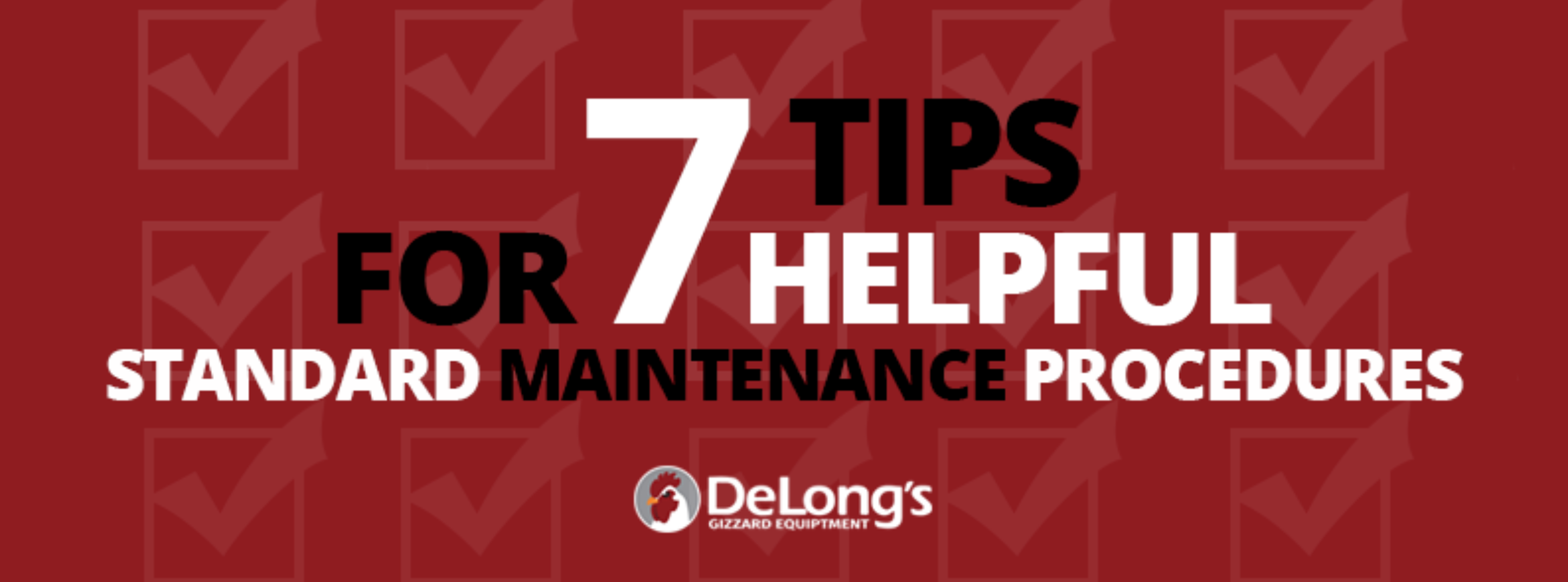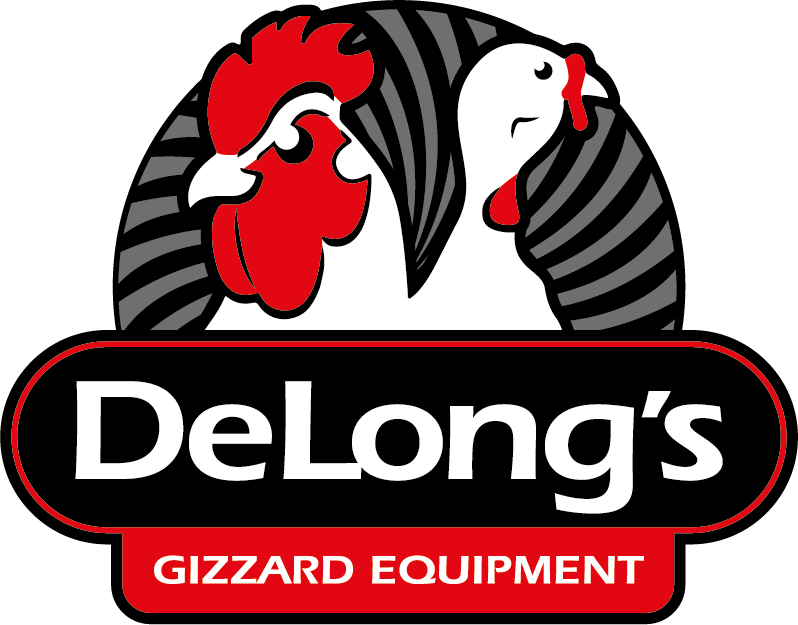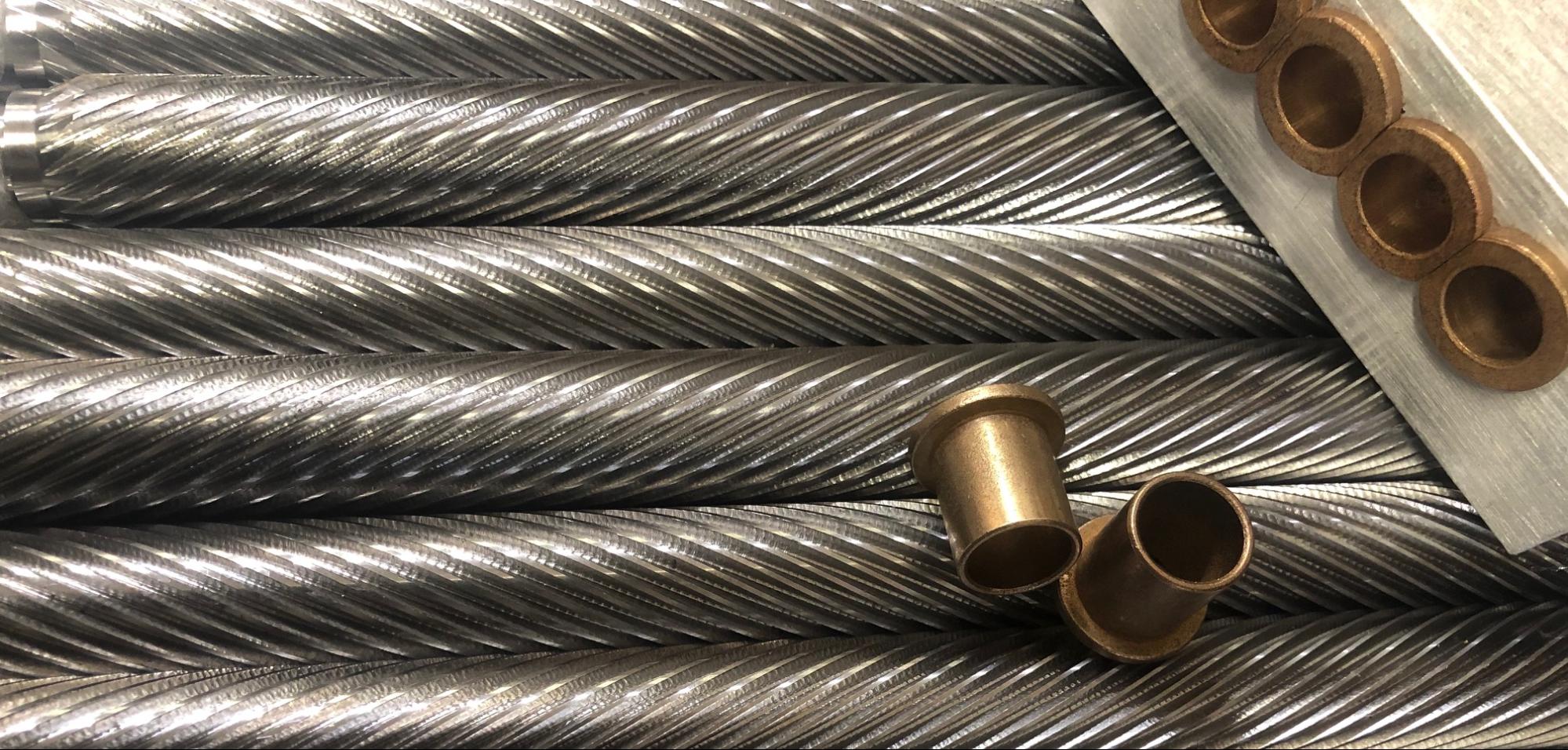
10 Sep 7 Tips For Helpful Standard Maintenance Procedures
An SMP or a Standard Maintenance Procedure is a vital part of keeping your equipment in top shape, keeping your employees safe, and maintaining your plant’s overall productivity. An SMP is a document containing instructions on how to perform maintenance tasks correctly and efficiently. In the poultry processing industry, there are many important things to think about when writing SMPs. This post summarizes the post The Fundamentals: How To Write A Standard Maintenance Procedure.
SMP’s allow you optimize and standardize your maintenance tasks to make sure your employees are performing them in the safest, most efficient, and most effective way possible.
Here are some key steps to creating an effective SMP that will help your maintenance technicians to avoid mistakes and save your poultry plant time and money:
1) Include Lists of Tools, Parts, Supplies, and Experts
Your SMPs should have a complete list of all the parts, tools, and supplies needed for every task. It should be extremely specific, down to the numbers and grades of nuts so that no one is without an excuse if something is done wrong.
Make sure to also mention if anyone besides the person performing the maintenance needs to be present. Is there a company, consultant, factory rep, or other employee that needs to be involved in the task?
2) Include Routine Tasks
Your SMP should explain how to do all the routine maintenance tasks that are most frequently performed in your plant. Some of these tasks may include:
- Bearing lubrication
- Gearbox lubrication
- Drive belt tensioning
- Alignments, bearing installation
- Drive chain replacement
- Hydraulic hose construction and replacement
Consult the most experienced members of your maintenance team to come up with a standard way to complete tasks. Your SMP should go into enough detail that someone who has never done these tasks before could perform them without further explanation.
3) Include Safety Concerns
Safety concerns are one of the main things that should be included in an SMP. Being properly equipped and fully aware of the task at hand are crucial in deciding the safest way to perform a task. Some things to include are:
Personal protective equipment required to do the job:
- All safety and environmental hazards to be aware of while doing the job
- A detailed list of steps for performing the job or task
- A complete list of tools and materials for doing the job
Be sure to use the word “Warning” to protect against personal harm and the word “Caution” to protect against equipment harm. Using those words correctly can alert the technician of specific safety concerns and prevent confusion as well.
4) Be Consistent
A standard maintenance procedure should be well-written and specific enough that qualified technicians who have never performed the task before can successfully complete it. Consistent SMPs reduce the variability of the procedures, and in turn, can prevent one from being performed incorrectly.
Just a few things to stay consistent on:
- Don’t change equipment names from step to step
- Begin each step with a verb if possible
- Have the job performer enter quantitative values (qualitative instructions are left up to interpretation, and can leave the details of a task up to a technician’s best guess)
5) Include Visuals
Especially for larger jobs, visuals are a key component for effective SMPs. Things like pictures, drawings, diagrams, and graphics are excellent tools that further explain necessary the steps for an SMP. Often, maintenance tasks are complex and difficult to visualize. Images can speed up tasks, and save your plant thousands of dollars.
6) Train Your Staff On SMPs
In order to make sure maintenance technicians are performing tasks in line with the SMP, everyone must go through training and perform tasks while inspected by a supervisor. These trainings and tests must take place periodically to ensure all maintenance staff are doing tasks correctly.
7) Keep Improving On Your SMP
Your staff will always be finding better ways to do things. Make sure you are recording these new ideas and improvements and are editing your SMP to be up to date. If you don’t do this your SMP will become outdated and fall out of use.
Conclusion
Having an SMP will equip your maintenance team with the tools they need and make it much easier to onboard new maintenance employees quickly and affordably. With standard procedure in place, there will be clear direction on tasks, and rookie employees won’t have to constantly consult more experienced workers.
If your poultry plant doesn’t currently use an SMP, or is using a dated or unclear SMP, you are likely wasting time and money on maintenance tasks. Put the time aside to develop a helpful and complete SMP.



